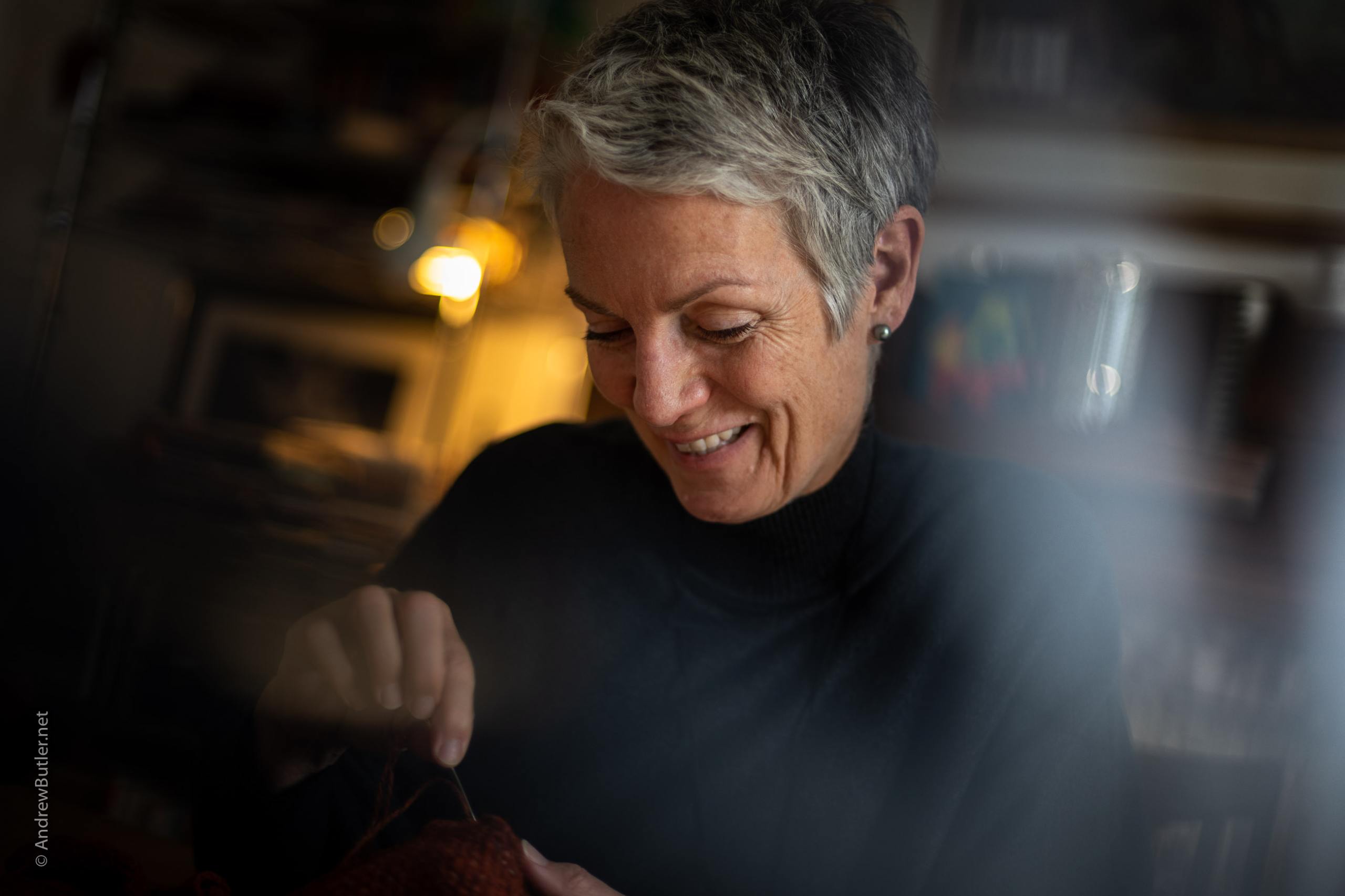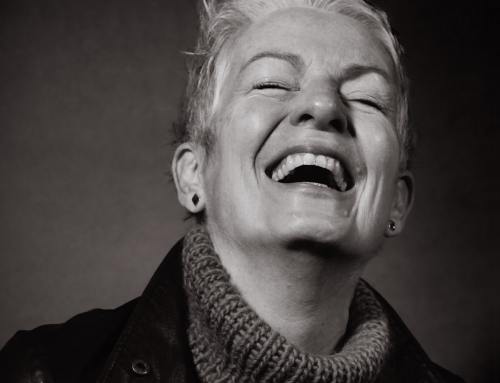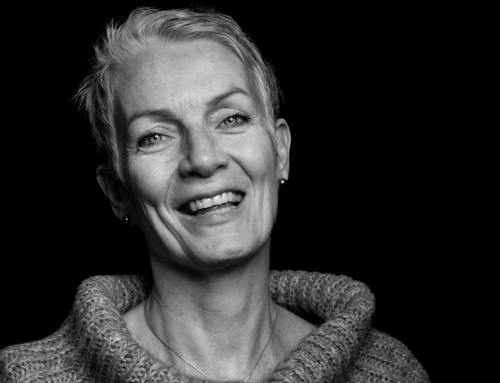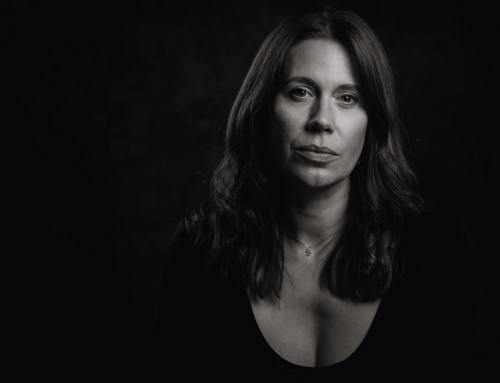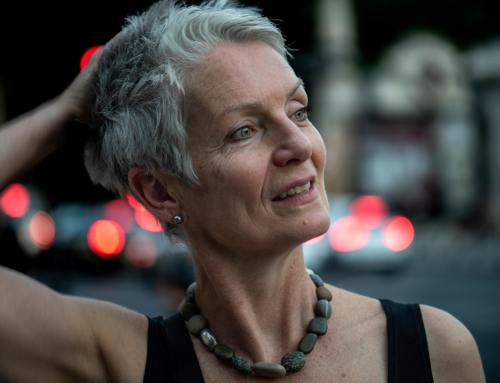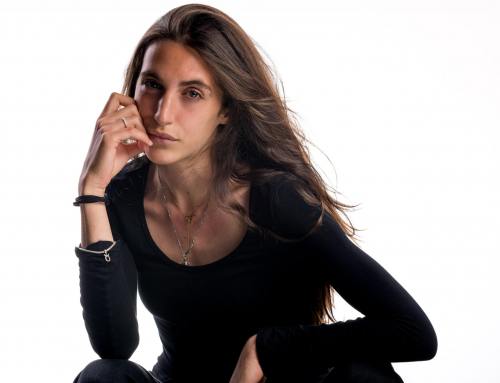It’s a while since I’ve done the weekend-morning dining-room session; so here’s one.
There’s more than one way to skin a cat but fortunately we don’t have a cat, some visit the house but normally sit outside, just staring.
Most of the headshot photography that I do is in the studio, shot with studio lights, normally three or four. And more recently when I photographed Carla in what appeared to be an outdoor setting the shot was actually taken indoors with lighting (a single strobe and a large softbox).
Many people describe themselves as natural light specialists and some do a fantastic job with what can be very challenging illumination. Sometimes I do wonder if these people manage well with studio lighting.
In many ways my heroes are cinematographers, in particular due to the way scenes are lit by them and their crews. Often they have to deal with both natural and studio lighting and achieve consistency throughout scenes and timeframes, it’s a huge challenge that I really appreciate. In the case of local boy Roger Deakins (1917, Blade Runner 2049…) he often creates his own lighting rigs but will frequently use simple materials such as unbleached muslin to achieve beautiful light. I have become a fan of unbleached muslin too.
Technically these photos are mixed lighting shots, the room lights were on, but most of the light was natural light from the overcast day shining through the door to the right of frame. The main room light was immediately above Karin, which is generally the worst and most unflattering place to light a portrait. The reflection of the room light can be seen in the picture, although not round it’s basically a Chinese lantern. Frequently referred to as China-balls in the film world these are often used to provide a soft, malleable light. The problem is that general spreads of light aren’t very interesting so in this instance, in part to avoid my subject shutting the session down because I was ruining her craft, I put a black ‘flag’ above Karin’s head to allow her to keep working whilst I could control the light on her.
Some time ago I sold my Nikon 50mm ƒ/1.4 lens, keeping the ƒ/1.8 because it focussed quicker. I then saw a stupidly cheap ƒ/1.4 in a store, and although an oldish lens it was too cheap to walk away from; I did actually make it out of the shop but got 10 metres or so and returned. Letting more light into the lens generally reduces the amount of the scene that is in focus. Most lenses get a bit ‘soft’ as they are opened up, and many portrait sitters welcome that! I generally tend to use lenses stopped down a bit but given that it was a bit dull outside, and, I was wanting to focus on Karin and not the room, shallow depth of field suited.
The observant may note the music stand in the setup shot; yes that was there for a reason. By shooting through it the image degrades where the stand is, but if it’s close enough to the lens the degradation becomes soft and abstract.
So here we have a shot using almost my cheapest oldest lens, no fancy lighting, and rather than filters and Photoshop there’s a black flag and a music stand.
Of course a beautiful and long-suffering subject helps massively.


